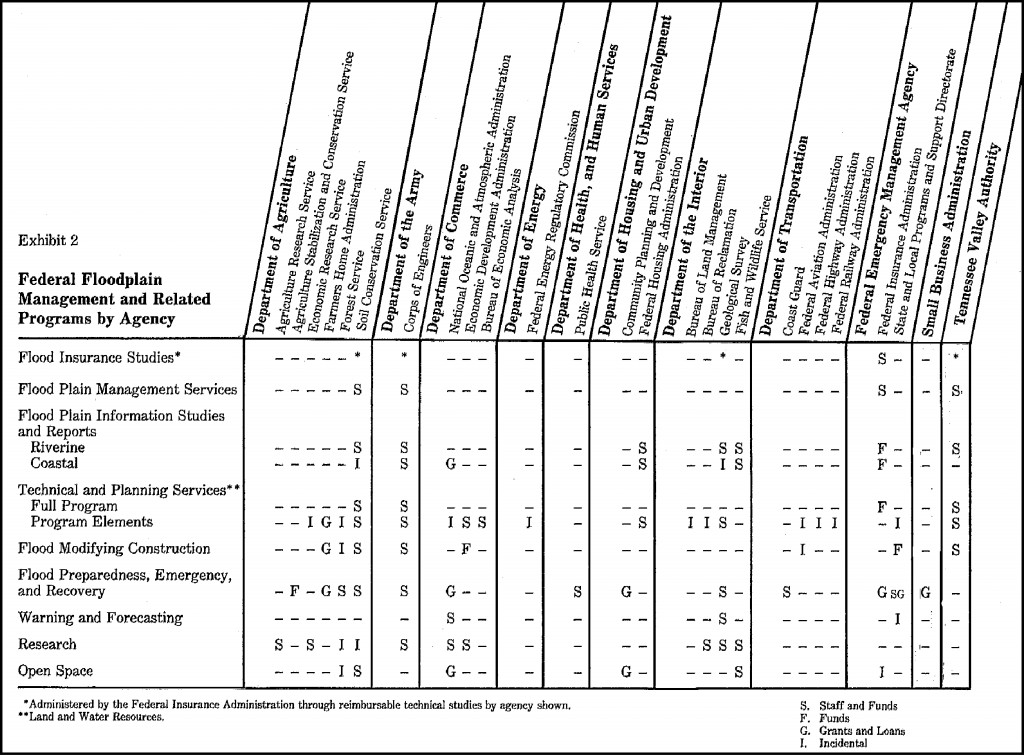U.S. Army Corps of Engineers

“Sunset over the Texas City Dike” by Jon Burns. Photo is unmodified and can be found at https://www.flickr.com/photos/jonboy820/7185424757/. Creative Commons License https://creativecommons.org/licenses/by-nc-nd/2.0/legalcode
The U.S. Army Corps of Engineers (Corps) plays a very large role in how coastal communities respond and adapt to changing conditions on the coast. Undoubtedly the largest single public works agency in the United States, it has an enormous impact on how “safe” the public feels about floodplain and coastal environments. The Corps is not primarily a policy making agency, but rather responsive to state and federal mandates for flood protection. The Corps is typically only involved in large public works projects, such as extensive levee systems and major channel modifications, generated by requests from local governments or the states. Any actions by the Corps are usually mandated directly by Congress. The Corps’ budget is not part of the Department of Defense budget, despite affiliation with the U.S. Army, but is funded separately through the Energy and Water Development Appropriation of the U.S. Congress.
National Sea Grant Program
A different type of federal influence on coastal community development is that of the National Sea Grant Program, a network of 30 independent state university-based programs modeled after the Land Grant program, administered nationally through NOAA. The purpose of the Sea Grant program is to engage coastal communities through an integrated research, education, and extension program. Sea Grant agents are community-based professionals with disciplinary ties back to their university. Sea Grant agents help local coastal communities with coastal hazard and community development issues, among many others. In terms of adaptation to climate change, Sea Grant is a primary broker for the brain trust that exists at state-funded and other universities.
Other Federal Agencies and Authorities

Exhibit 2 from Interagency Task Force on Floodplain Management (1986) showing some of the various Federal agencies that impact floodplain management to one degree or another.
According to the Federal Interagency Floodplain Management Task Force of 1986, there are over fifty federal laws and executive orders relating to hazard management (Exhibit 2). Some twenty-six departments or agencies are involved one way or another with floods and natural disasters, and therefore at least indirectly with land use. Most all of these agencies and programs have much less direct impact than either FEMA or the Corps, and thus will not be discussed here, but the figure shows just how complex hazard management can be.



